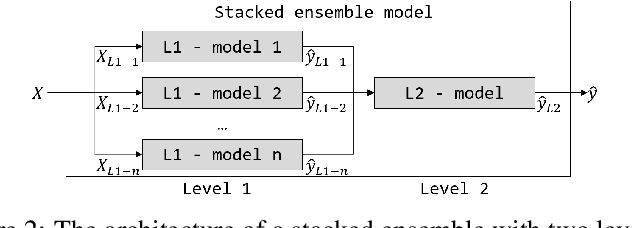Sören Schleibaum
ADESSE: Advice Explanations in Complex Repeated Decision-Making Environments
May 31, 2024Abstract:In the evolving landscape of human-centered AI, fostering a synergistic relationship between humans and AI agents in decision-making processes stands as a paramount challenge. This work considers a problem setup where an intelligent agent comprising a neural network-based prediction component and a deep reinforcement learning component provides advice to a human decision-maker in complex repeated decision-making environments. Whether the human decision-maker would follow the agent's advice depends on their beliefs and trust in the agent and on their understanding of the advice itself. To this end, we developed an approach named ADESSE to generate explanations about the adviser agent to improve human trust and decision-making. Computational experiments on a range of environments with varying model sizes demonstrate the applicability and scalability of ADESSE. Furthermore, an interactive game-based user study shows that participants were significantly more satisfied, achieved a higher reward in the game, and took less time to select an action when presented with explanations generated by ADESSE. These findings illuminate the critical role of tailored, human-centered explanations in AI-assisted decision-making.
An Explainable Stacked Ensemble Model for Static Route-Free Estimation of Time of Arrival
Mar 17, 2022



Abstract:To compare alternative taxi schedules and to compute them, as well as to provide insights into an upcoming taxi trip to drivers and passengers, the duration of a trip or its Estimated Time of Arrival (ETA) is predicted. To reach a high prediction precision, machine learning models for ETA are state of the art. One yet unexploited option to further increase prediction precision is to combine multiple ETA models into an ensemble. While an increase of prediction precision is likely, the main drawback is that the predictions made by such an ensemble become less transparent due to the sophisticated ensemble architecture. One option to remedy this drawback is to apply eXplainable Artificial Intelligence (XAI). The contribution of this paper is three-fold. First, we combine multiple machine learning models from our previous work for ETA into a two-level ensemble model - a stacked ensemble model - which on its own is novel; therefore, we can outperform previous state-of-the-art static route-free ETA approaches. Second, we apply existing XAI methods to explain the first- and second-level models of the ensemble. Third, we propose three joining methods for combining the first-level explanations with the second-level ones. Those joining methods enable us to explain stacked ensembles for regression tasks. An experimental evaluation shows that the ETA models correctly learned the importance of those input features driving the prediction.
AI for Explaining Decisions in Multi-Agent Environments
Oct 12, 2019
Abstract:Explanation is necessary for humans to understand and accept decisions made by an AI system when the system's goal is known. It is even more important when the AI system makes decisions in multi-agent environments where the human does not know the systems' goals since they may depend on other agents' preferences. In such situations, explanations should aim to increase user satisfaction, taking into account the system's decision, the user's and the other agents' preferences, the environment settings and properties such as fairness, envy and privacy. Generating explanations that will increase user satisfaction is very challenging; to this end, we propose a new research direction: xMASE. We then review the state of the art and discuss research directions towards efficient methodologies and algorithms for generating explanations that will increase users' satisfaction from AI system's decisions in multi-agent environments.
 Add to Chrome
Add to Chrome Add to Firefox
Add to Firefox Add to Edge
Add to Edge